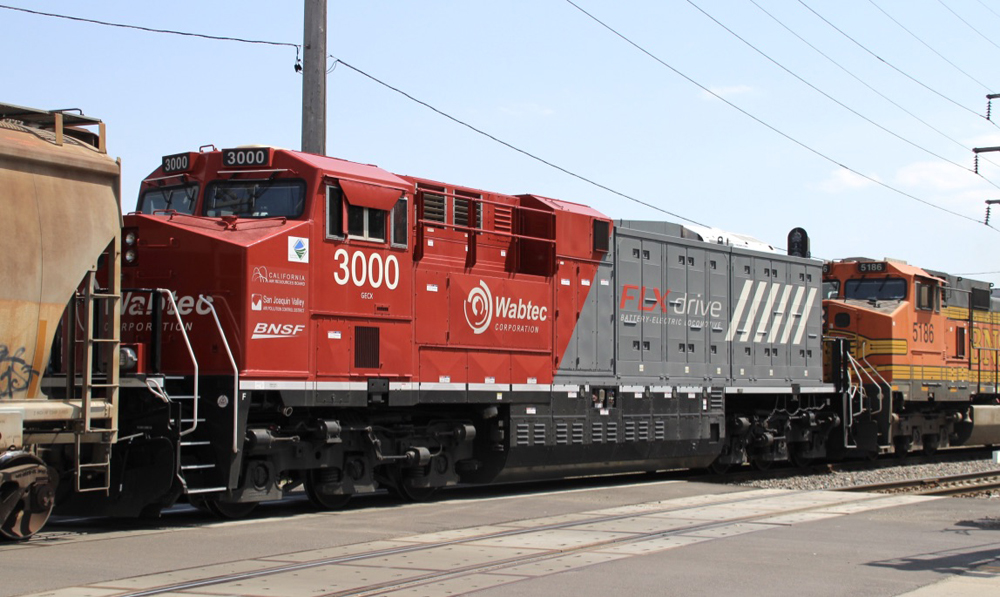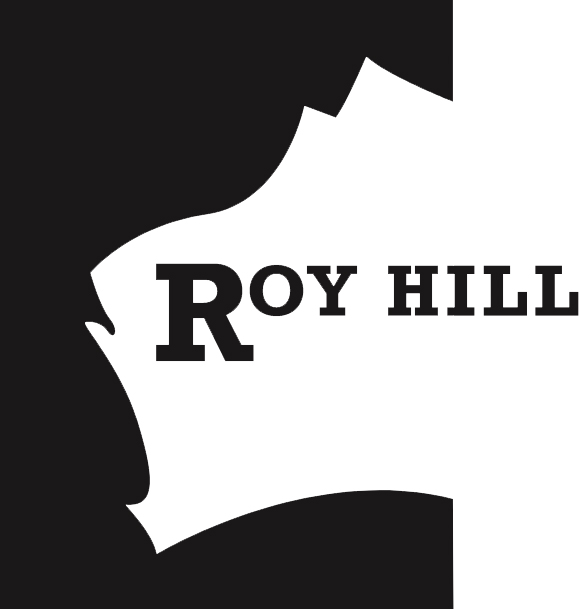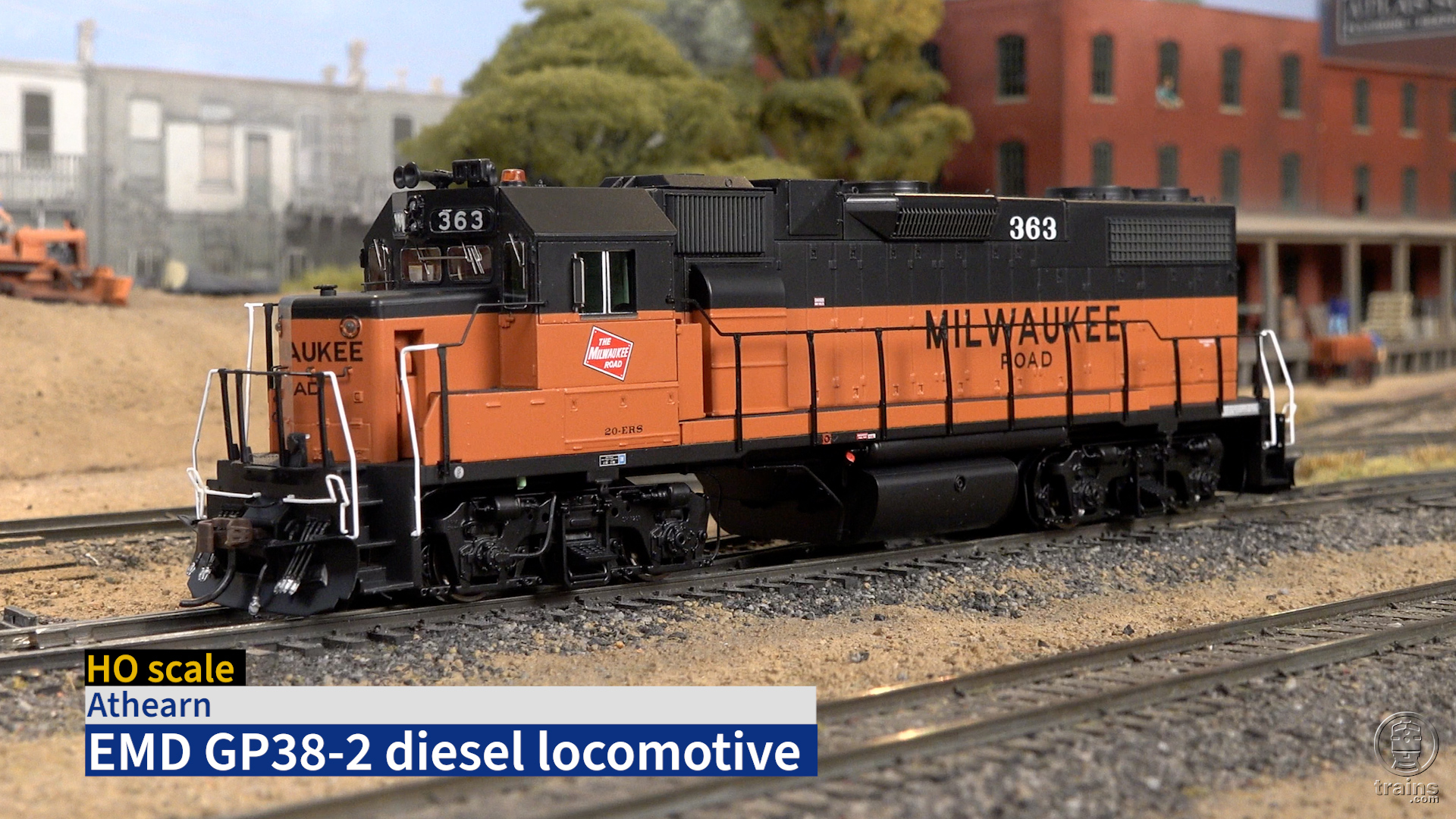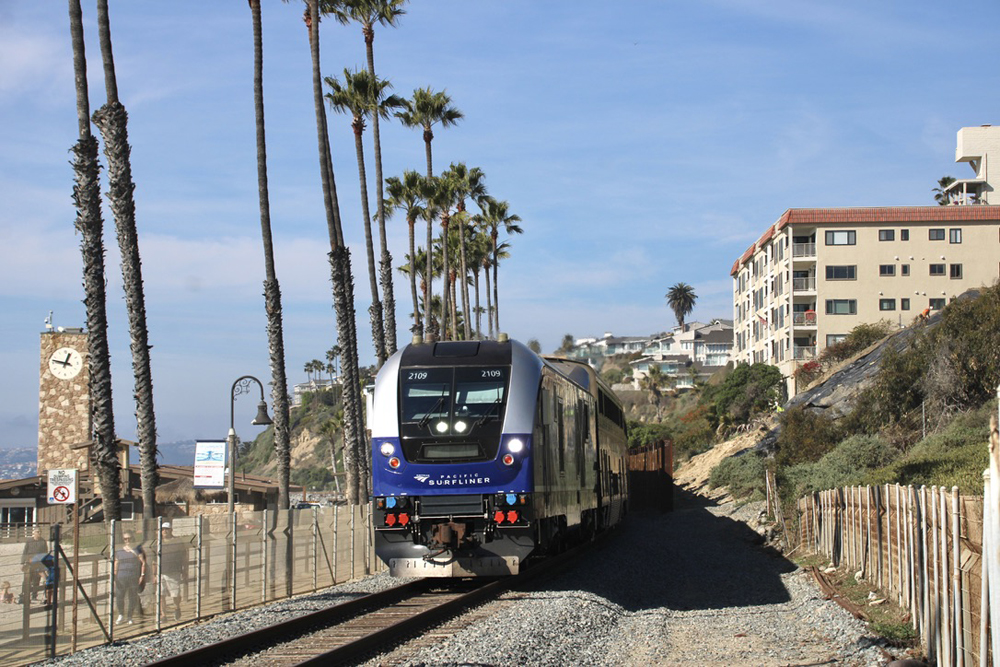
PITTSBURGH — Australian mining company Roy Hill has become the first purchaser of Wabtec’s FLXdrive battery-electric locomotive.
Wabtec and Roy Hill announced the purchase on Monday. Roy Hill will receive the second-generation version of the FLXdrive locomotive, currently under development for delivery in 2023, which will have an energy capacity of 7 megawatt hours. The FLXdrive prototype that completed testing earlier this year on BNSF Railway in California had a capacity of 2.4 megawatt hours.
 Roy Hill operates a 344-kilometer (214-mile) iron ore mining railroad in Western Australia’s remote Pilbara region between its mine and port facilities at Port Hedlund, some 840 miles north of Perth.
Roy Hill operates a 344-kilometer (214-mile) iron ore mining railroad in Western Australia’s remote Pilbara region between its mine and port facilities at Port Hedlund, some 840 miles north of Perth.
“Our analysis with Wabtec confirms the FLXdrive locomotive is ideally suited for our rail network,” Simon Pascoe, general manager of Engineering for Roy Hill, said in a press release. “It has the horsepower to operate in a heavy-haul train consist pulling loaded wagons with 35,000 ton of iron ore, while at the same time reducing the entire train’s fuel consumption. The FLXdrive also is designed to function in the extreme heat of the Pilbara region.” Temperatures in the region have been known to reach 120 degrees Fahrenheit.
Roy Hill currently uses four Wabtec ES44ACi diesel-electrics to move ore trains of approximately 2,700 meters, or more than 8,800 feet, in length. The FLXdrive locomotive will replace one of the diesels to form a hybrid consist — as the prototype did during the California testing — and will recharge during the trip through regenerative braking. It will include a special liquid cooling system to address the region’s heat.
“We are committed to transforming the next generation of transportation by adopting advanced technologies that improve energy efficiency, lower operating costs, and improve our rail and mining network,” said Gerhard Veldsman, CEO of Roy Hill. “The FLXdrive locomotive will be the first for the region and the first for the mining industry and will improve our rail operations from the mine to Port Hedland.”
The FLXdrive project is part of Wabtec’s effort to develop zero-emission locomotives. The company also plans to pursue development of hydrogen-fueled locomotives [see “Wabtec, Genesee & Wyoming, Carnegie Mellon form consortium …,” Trains News Wire, Sept. 11, 2021].
“The FLXdrive battery-electric locomotive is a bold step toward a low-to-zero-emission locomotive future,” said Rogerio Mendonca, Wabtec president of freight equipment. “We continue working on solutions that cut the overall carbon footprint of the industries we serve through the development of low-emitting locomotives like the FLXdrive, and the use of alternative fuels such as bio-diesel, renewable diesel and hydrogen.”
— Updated at 8:45 a.m. on Sept. 14 to correct temperature reference.














Back to the future!
Seriously, is this not the same basic technology as the old SCL MATEs that GE built in the 80’s?
Wonder how long it takes to recharge a 7 KW battery? And how much of the battery will be discharged during a normal consisted trip?
One operating possibility is that the battery loco act as a slug downhill, and only contribute on level or uphill track. Answers in 2024?
I wonder if the battery unit can run like a slug- can it receive power from the diesels to turn its wheels when in power mode, or does it have to use its on-board. stored battery power to operate? It seems like the latter would deplete the battery unless the route is more than 50% downhill
With a relatively small fleet of 24 ES44ACi’s (Per Wikipedia), I wonder if they’ll be retrofitted to route the electricity generated during dynamic braking to the FLXdrive unit.
Easy to see that being less than practical anytime soon on a large line like BNSF, but it seems like it would be within reach to retrofit a smallish captive fleet of power like this to do that.